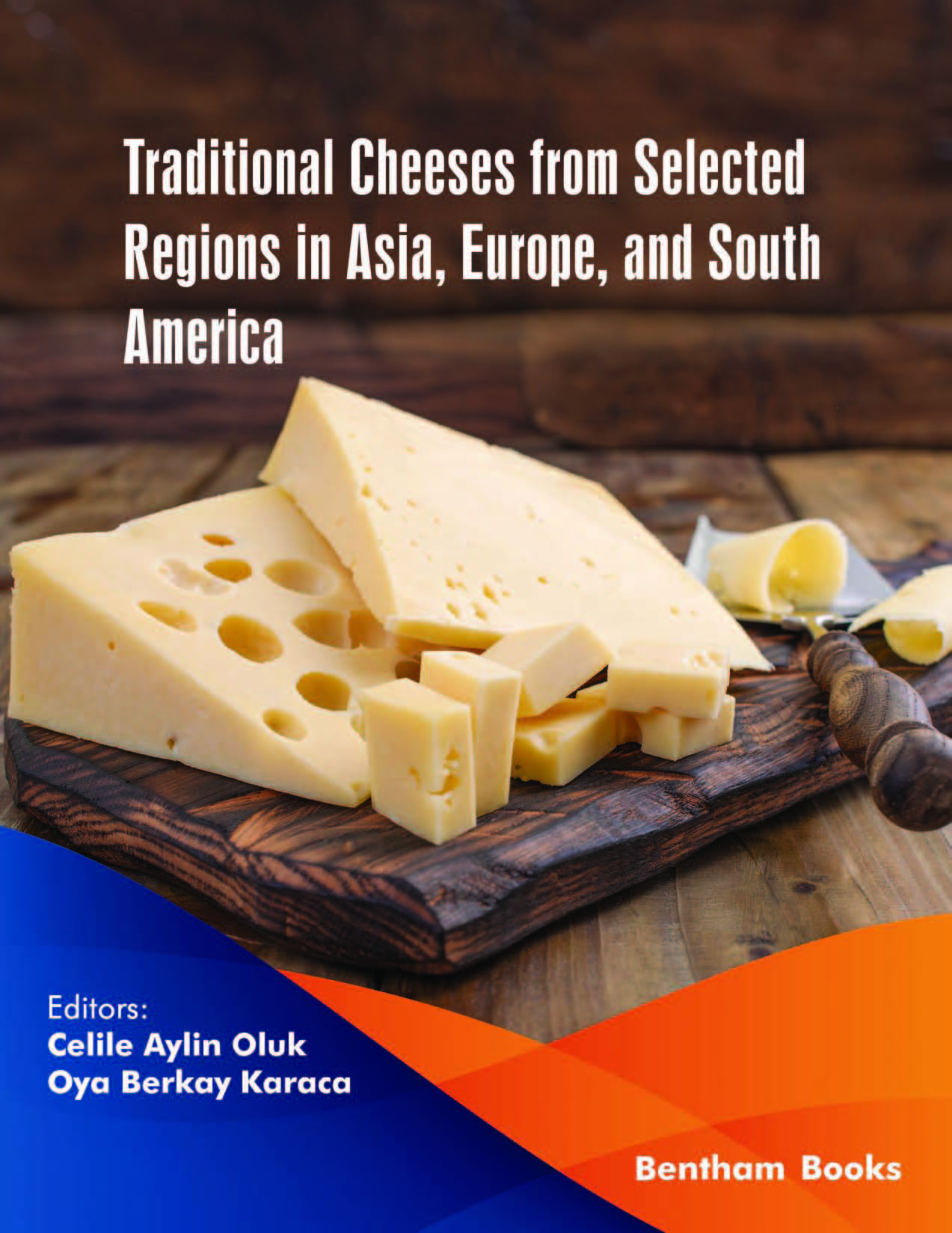'Farmhouse', 'traditional' and 'artisan' are more recognised as styles of cheese rather than as a method or scale of production. Cheese is made in almost every country of the world and there exist more than 500 varieties. Cheese is generally classified into different types such as, ripened and unripened cheeses, low or high fat content and soft or hard consistency. Recently artisanal cheese consumption has changed in particular. Due to changes of consumer preferences emerged the concept of postmodern consumerism. Artisanal cheese consumers focus on the unique characteristics of the products and their distinctive character in relation to mass produced industrial cheeses. These cheeses are still being made in small family facilities. Artisanal cheeses differ depending on the type of production or the milk. Even if the milk source is the same, there may be different production methods in different parts of the world but most of them are made only in the small processing units in a traditional simple way without good sanitary conditions as unstandardized products. Recently, there has been an increase in the production and consumption of traditional dairy products. With the increasing importance of geographic marking systems all over the world, production methods of traditional cheeses have started to be recorded in countries and transferred to industry with more hygienic and standard production techniques. At the same time the popularity of traditional cheeses as “niche products” in the gastronomy of countries is increasing day by day.
Cheese production is not only a craft that allows the milk to be stored and consumed longer than it is without spoiling. Thanks to this craft, tasty microbiological life forms can be produced in different regions of the world with different geographical and climatic features. These life forms also bear the cultural memory of producers who have developed countless traditional methods throughout the history of cheese production, which is thought to be 8000 years old. Today, rapidly developing dairy technologies are based on this cultural background. Defending, preserving and maintaining local-traditional cheeses means at the same time protecting the history and accumulation, cultural memory and the diversity of life.
The aim of this book is to describe the greatest traditional cheese types of country / region. This book also gives information to transfer regioned cheese production methods from generation to generation to ensure the sustainability of cheese production and increase recognition of products. These cheeses were described by using the following context:
-
-Overview of cheese (History and origins, starter cultures, rennets, fundamentals of cheesemaking, ripening, packaging, nutrition, standards, economics and marketing, certification of type)
-
-The traditional technology of cheesemaking (types of milks, standardizing milk, heating or setting the milk, coagulation of milk, cutting the curd, syneresis of curd, cooking, draining the whey, milling, molding, salting, pressing, ripening, packaging, storage)
-
-Cheese characteristics (the chemical composition of cheese, texture, flavour, rheology, lipolysis, proteolysis, microbiological composition, physical, chemical and biological aspects of cheese ripening, geographical characteristics guaranteed by the “Appellation of origine”).
The book has been written for a wide readership. The main target group of the book is primarily academicians (Department of Food, Dairy technology, Tourism, Gastronomy) and their students. Producers, cheese technologist and consumers can find some practical and interesting information. Since traditional foods are part of intangible cultural heritage, we think it will appeal to those who are interested in sustainability and geographic marking. It will also be a resource to protect traditional dairy products, to ensure its continuity and to increase its international recognition. For this reason, more valuable academics from Turkey and around the world met to explicate the local-traditional cheese. Our goal was to put together from different countries many of detailed information on traditional cheeses.You can read the history, taste, components, geography and culture of local-traditional cheeses from researchers.
The appellation of origin for the sustainability of cheese production was important. The cheeses mentioned in the book are described by the typical technological and geographical characteristics guaranteed by the “Appellation of origine”. In this book, the characteristics, technology of cheese making and artisan culture of the traditional cheese varieties in Republic of Macedonia (White brined cheese, Beaten and Kashkavalcheeses), Montenegrin (Njeguši, Pljevlja, Lisnati, Prljo and Sack cheeses), Brasil (Prato, Requeijão, Coalho, Manteiga, Minas, Serro, Canastra, Marajó, Paraíba, Reino, Serrano, Colonial and Caipira cheeses), Iran(Lighvan and Koozeh cheeses), Marmara Region of Turkey (Abaza, Beyaz, Çerkez fume, Ezine, Kaşar, Lor, Mihalic and Sepet cheeses), Blacksea region of Turkey (Civil, Imansiz, Kargi Tulum, Curry and Kolote cheeses), Eastern Anatolia Region of Turkey (Cacik, Civil, Gravyer, Herb, Kars Kashar, Tulum and Şavak cheeses), Southeastern Anatolia Region of Turkey (Adıyaman Şuji, Antep, Diyarbakır Örgü, Siirt Otlu and Urfa cheeses), Central Anatolia Region of Turkey (Konya Küflü, Divle Tulum, Gölbaşı Tulum, Çepni Tulum, Ereğli Cloth, Karaman Tulum, Yozgat Çanak (Pot), Çömlek, Kayseri Çömlek, Niğde Küp (Gödelek), Sivas Küp, Çankırı Küpecik and Ayaş Küpecik (Basma) cheeses), Aegean Region of Turkey (İzmir Tulum, Sepet, Kirlihanım, Kopanisti, Armola, Lor, Tire Çamur, Aydın Çörekotlu, Çoban, Köy and Peppered Lor cheeses), Mediterranean Region of Turkey (Surk, Tulum, Sünme, Carra, Künefe, Hatay Ezme, Hatay Dil, Isparta Küp, Isparta Dolaz, Burdur Akçakatık, Burdur Keş, Adana Lavaş, Karataş Basma, Dilim and Hellim cheeses) were discussed. It also discusses microbiological quality of traditional Turkish cheeses.
The editors wish to express their gratitude to the following scholars for their assistance in preparing this book: Erhan SULEJMANI, Tetova University; Seval Sevgi KIRDAR, Mehmet Akif Ersoy University; Slavko MIRECKI, Montenegro University; Jadranka FRECE, Zagreb University; Maria C. E. RIBEIRO, FATEC; Mostafa SOLTANI, Islamic Azad University; Nayil DINKCI and Cem KARAGOZLU, Ege University; Selin KALKAN, Giresun University; Aslı ÇELIKEL, Mardin Artuklu University; Mutlu Buket AKIN, Harran University; Ebru ŞENEL, Ankara University; Mehmet GUVEN and Zerrin ERGINKAYA, Cukurova University. We would like to thank our family members; Berke, Hakkı, Başar and Hüseyin for their great support.
Celile Aylin OLUK
Eastern Mediterranean Agricultural Research Institute,
Adana,
Turkey
&
Oya Berkay KARACA
Çukurova University, Karatas School of Tourism and Hotel Management,
Hotel Management Department, 01330,
Adana,
Turkey

